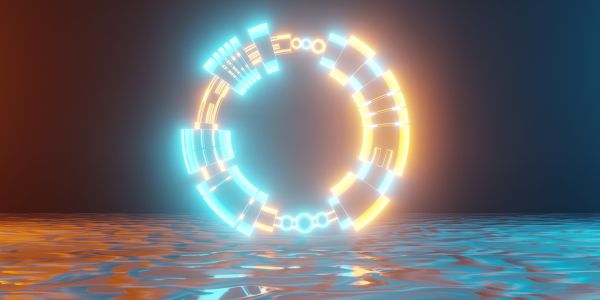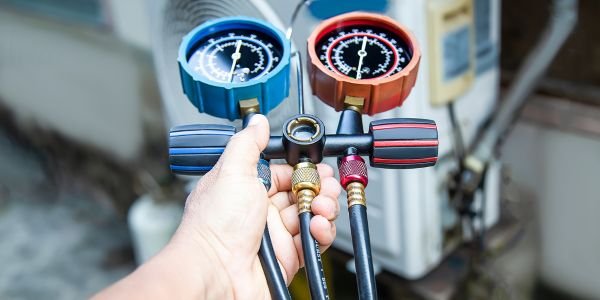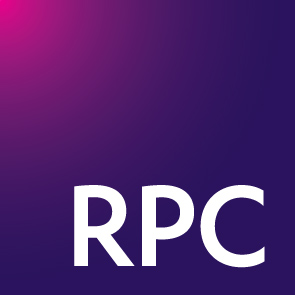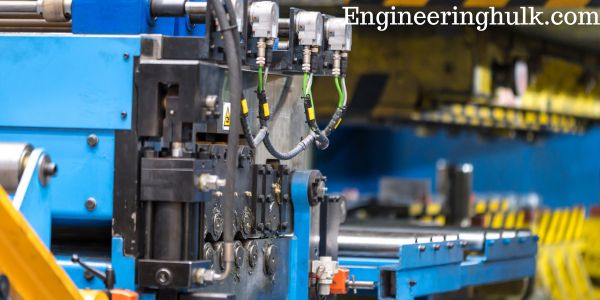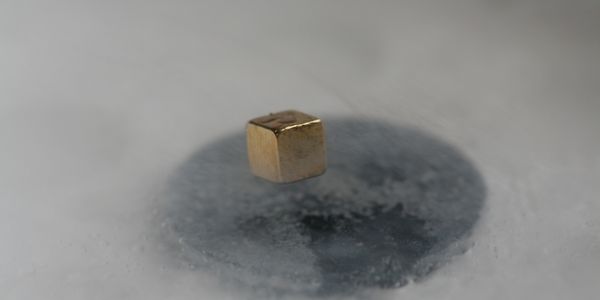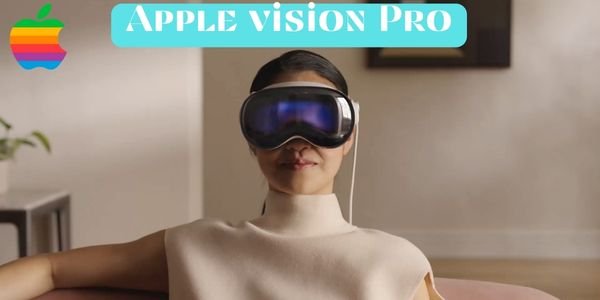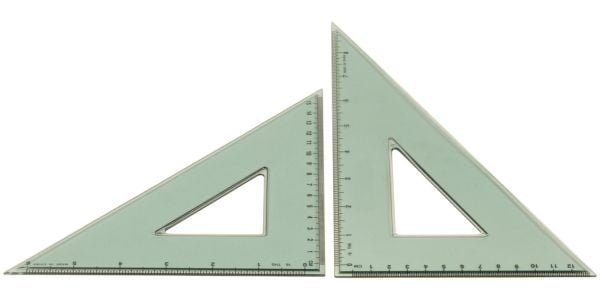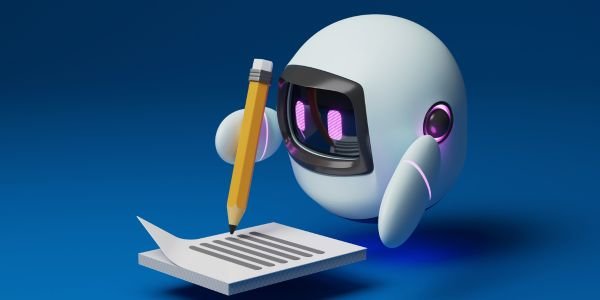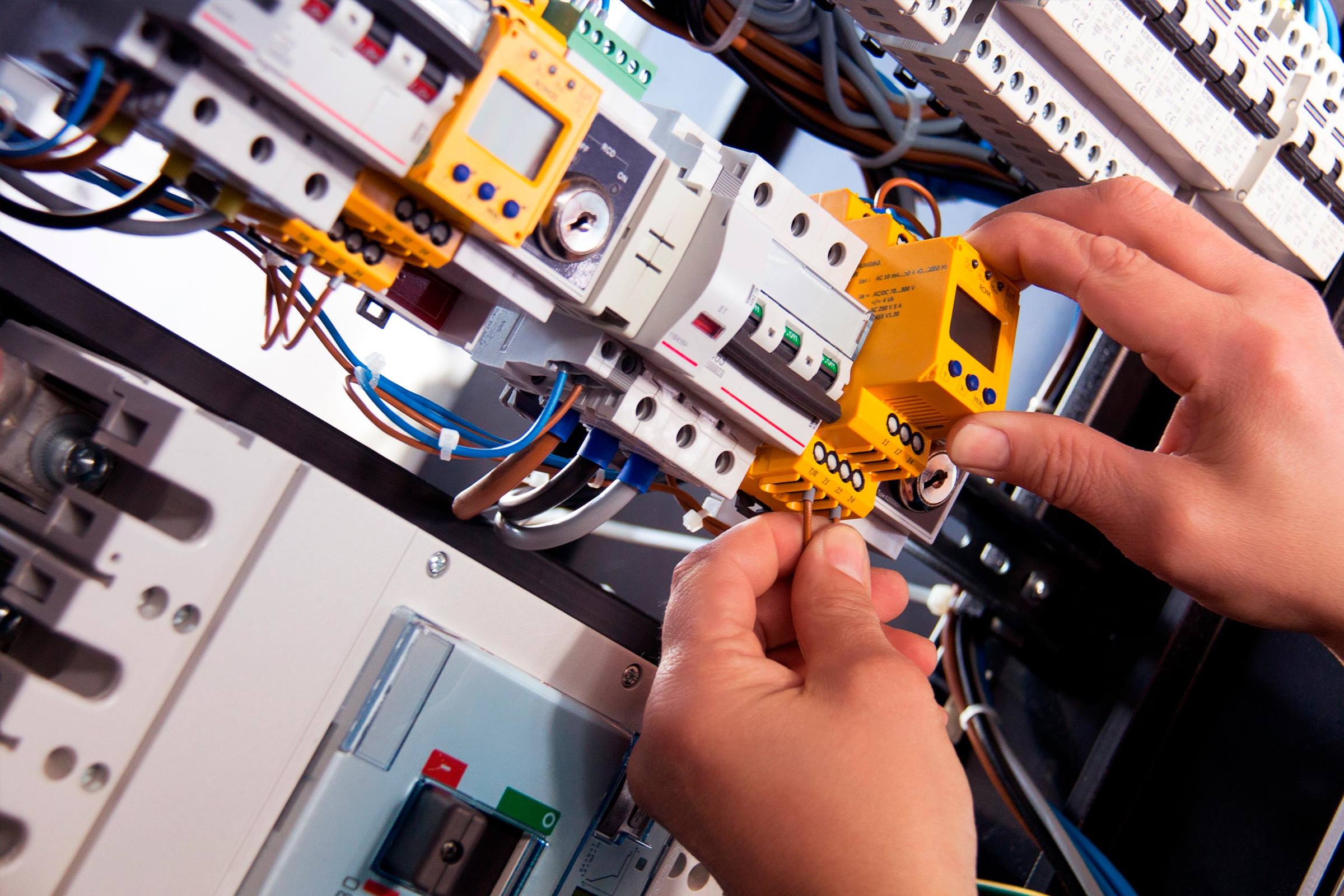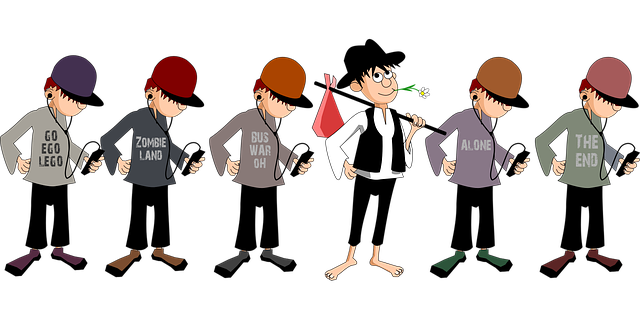Table of Contents
What is LK-99?
Superconductors are materials that expel all magnetic fields and conduct electricity with zero resistance below a specific temperature. This means no energy is lost in the process. While scientists have developed superconducting materials, they typically require extreme conditions, limiting their practical applications.
The scientific community is abuzz with the recent claim of discovering a room-temperature superconductor named LK-99. This potential breakthrough, reported by a South Korean team, has stirred both excitement and skepticism. Here’s a comprehensive look at what this discovery entails and the subsequent efforts to validate or debunk this intriguing claim.
LK-99, a new copper-substituted lead apatite, was described in two papers published by the Quantum Energy Research Centre, a startup in Seoul. Named after two of its discoverers, this material was created through solid-state synthesis, a process that Alannah Hallas, a principal investigator at the Stewart Blusson Quantum Matter Institute, likens to simple baking.
Why do Room-Temperature Superconductors, Matter?
1. Medical Applications:
A room-temperature superconductor could lead to portable MRI machines. Existing MRI machines require extreme cold, using niobium-titanium held at temperatures close to absolute zero. Room-temperature superconductors could make MRI machines less bulky and accessible in remote areas.
2. Limitless Clean Energy:
According to Subir Sachdev, a professor of physics at Harvard University, room-temperature superconductors could revolutionize fusion power, offering a path to imitate the sun’s core processes for limitless energy.
3. Revamping Infrastructure:
From power transmission to faster, more energy-efficient computers, room-temperature superconductors could drastically cut energy loss.
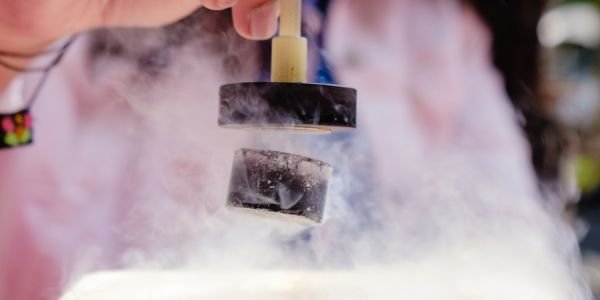
A Sensational Discovery
On July 25th, researchers Sukbae Lee and Ji-Hoon Kim at Quantum Energy Research Centre in Seoul proclaimed that they had discovered a superconducting compound at room temperature and ambient pressure. Named LK-99, this copper, lead, phosphorus, and oxygen compound reportedly shows two critical hallmarks of superconductivity, zero electrical resistance, and the Meissner effect.
The significance of this discovery lies in the historical context. Traditionally, superconductors have only been observed at extremely low temperatures or incredibly high pressures. The concept of ambient-condition superconductivity is thus a novel one, promising yet unproven.
The Skepticism and Initial Replication Efforts
LK-99’s claim to fame was met with immediate scrutiny. Experts like Inna Vishik, a condensed-matter experimentalist at the University of California, Davis, questioned the results, highlighting the history of such ‘Unidentified Superconducting Objects.’
While superconductivity advancements are hailed for potential technological impacts, Vishik warned that room-temperature superconductors might not necessarily lead to practical applications.
Moreover, early replication attempts were disappointing. Separate experimental efforts by teams in India and Beijing produced no signs of superconductivity in synthesized LK-99. Another team in China found near-zero resistance, but not at room temperature.
Delving into Theory and Computations
Parallel to experimental efforts, theorists applied density functional theory (DFT) to analyze LK-99’s electronic structure. These studies found some intriguing electronic features but no concrete evidence supporting superconductivity at ambient conditions.
Sinéad Griffin’s theoretical analysis further ignited interest as she found ‘flat bands,’ indicating strong electron correlation in the material. However, Griffin later clarified that her paper did not prove or give evidence of superconductivity. Other analyses also suggested flat bands but were criticized for relying on the same assumption about the structure.
Experimentation Challenges and Controversies
Replicators faced difficulties in synthesizing LK-99, and concerns arose about the significant differences between the X-ray diffraction patterns of different teams’ samples. The high temperatures and use of lead in the process have also raised safety concerns regarding amateur replication attempts.
Furthermore, there were inconsistencies and questions about the claim of zero resistance at −163 °C. Some scientists, like Evan Zalys-Geller at MIT, argue that the resistance measurement wasn’t sensitive enough to make a clear distinction.
Viral Sensation and Misleading Evidence
Despite limited success in replication, unverified videos showing samples levitating due to supposed superconductivity have gone viral. Some scientists have responded by creating spoof videos to highlight how easily the phenomenon can be mimicked.
The attention associated with LK-99 has surpassed many previous claims of room-temperature superconductivity, creating an atmosphere of both excitement and frustration within the scientific community.
A Mystery Yet to Be Solved
The claim of room-temperature superconductivity in LK-99 has opened Pandora’s box of scientific investigation, debate, and even humor. While the early signs seem to lean towards skepticism, the scientific community’s diligent pursuit of the truth continues.
The potential applications of room-temperature superconductors are vast, from revolutionizing computer chips to maglev trains. Yet, the case of LK-99 serves as a reminder that extraordinary claims require extraordinary evidence.
The ongoing efforts to understand, replicate, and theoretically analyze LK-99 will no doubt shed light on this intriguing chapter in the field of superconductivity. Whether LK-99 proves to be a breakthrough or another addition to the annals of ‘Unidentified Superconducting Objects,’ the saga offers valuable insights into the dynamic nature of scientific discovery and the critical role of verification in shaping technological progress.
References:
- Lee, S. et al. Preprint at https://arxiv.org/abs/2307.12037 (2023).
- Hou, Q., Wei, W., Zhou, X., Sun, Y. & Shi, Z. Preprint at https://arxiv.org/abs/2308.01192 (2023).
- Kumar, K., Karn, N. K. & Awana, V. P. S. Preprint at https://arxiv.org/abs/2307.16402 (2023).
Also, read Superconductivity



